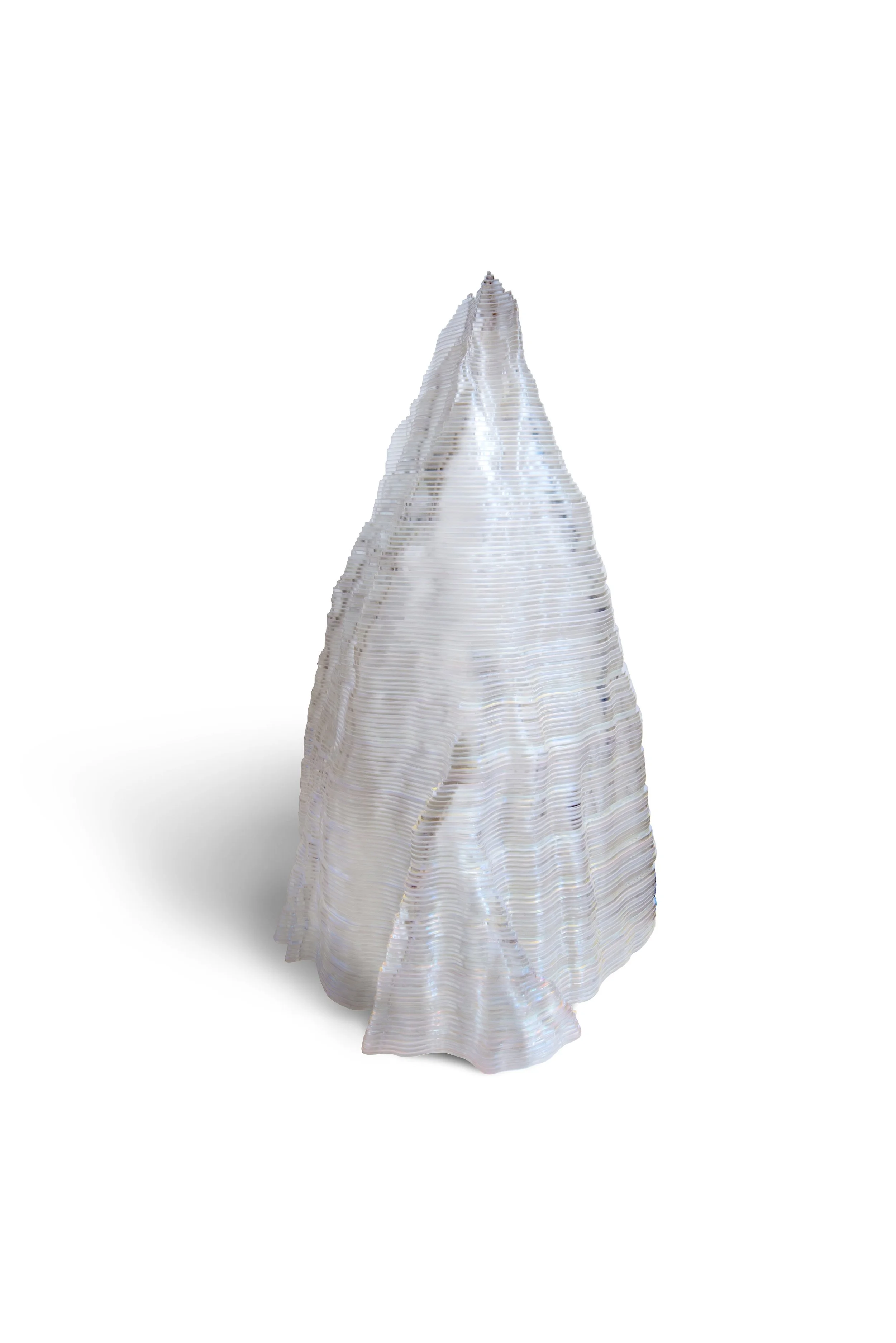
Elemental
McClelland Gallery
29 May - 6 September 2015
Curators - Erin Wilson and Penny Teale.
Artists - Narelle Autio, Mike Brown, Andrew Browne, Augustine Dall’Ava, Peter Datjin Burarrwanga, John Davis, Juan Ford, Angelina George, John Gollings, Janet Laurence, Akio Makigawa, John Mawurndjul, Anton McMurray, Dorothy Napangardi, Jasmine Targett, Neil Taylor, Wukun Wanambi, Pedro Wonaeamirri, Timothy Wulanjbirr and Gulumbu Yunupingu.
Elemental features a series of significant works that explore the patterns, forces and systems of nature, and humanity’s impact upon these.
This collection of works draws inspiration from and represents the natural world in contemplative, confronting and insightful ways. Some draw from the shapes and formations of which nature is comprised, offering intuitive interpretations of the environment. Others provide abstract perspectives of expansive landscapes from viewpoints unattainable by the human eye. Many seek to alter our perceptions of our natural surrounds through documentary, scientific or surreal approaches, revealing the unsustainable impacts of contemporary societies on our ecosystems. Elemental highlights the beauty, force and fragility of the earth’s systems, encouraging a reverence of our intrinsic relationship to the environment.
This exhibition is drawn principally from the McClelland permanent collection, with the addition of several key works on private loan. Significantly, a number of works are being presented for the first time since their acquisition, each expanding upon McClelland’s core focus of art and nature.
Image - Jasmine Morgan Ryan, Blind Spot, 2014 (detail image). Perspex with steel mirror.
Artwork Presented -
Blind Spot, 2014.
Perspex with steel mirror.
Size - Perspex L 1200 W 1700 H 2200 mm, Mirror - 1200mm diameter.
‘In every observation there is a blind spot, the spot on the retina where the optical nerve is connected making the eye blind on that very spot, all one can do is try to move these blind spots, in an effort to catch a glimpse of the invisible’- Krogh Jensen
Blind Spot maps the 20th century tipping point of awareness surrounding environmental concerns – the discovery of the Ozone Hole. Like an iceberg looming in space it is a dark wonder of the natural world that cannot be found on any atlas or world map. Its appearance in our atmosphere every spring is a haunting reminder of how close we come to pushing our environment beyond the point of regeneration.
As the southern Ozone hole appears to be stabilising, the northern hole continues to grow, breaking record after record every year. This provokes a continuing dialogue on the Montreal protocol: did we get it right and is this the first instance of changing global behaviour to correct the imbalance humans have created in nature?
Finding a means to visually and conceptually fathom this in-perceivable aspect of nature, Blind Spot aims to delineate the blind spot in perception that fails to make the connection between existence and the systems within nature that support it. Beyond the visible, these systems can only be seen when aided by lenses and computers. These devices filter nature, offering a techno- romantic glimpse into existence.
“I wanted the viewer to be able to look up and see the ozone hole hovering in the ceiling of the gallery. By creating a lens-like mirror and installing it above the work, I was able to use the mirror like a satellite, to reflect what was otherwise out of view to the earth bound... The work maps the ozone hole filtered through the lens of a computer, revealing its visual similarity to an iceberg. The narrative of the work highlights the history of ongoing issues surrounding global warming and today’s climate change realities.”
Jasmine’s strength is in reinterpreting traditional craft based materials and techniques, working with new technologies to find innovative ways to respond to the issues her work addresses. Observing nature filtered through imagery from NASA’s Earth Observing Satellite Data Centre, Earth’s life support systems become visible within her arts practice.
Today there is a tenuous relationship between the fragility of our environment and its ability to regenerate. The success or failure of this lies in learning how to make the concerns of these invisible aspects of our life support system on Earth visible so that the unforeseeable consequences never eventuate. The forecast for tomorrow’s weather is reliant on our perception of today.
Blind Spot is a continuation of the body of work - Life Support Systems.
Images below - Elemental exhibition, McClelland Gallery. Showing Jasmine Morgan Ryan, Juan Ford and Janet Laurence’s works.






